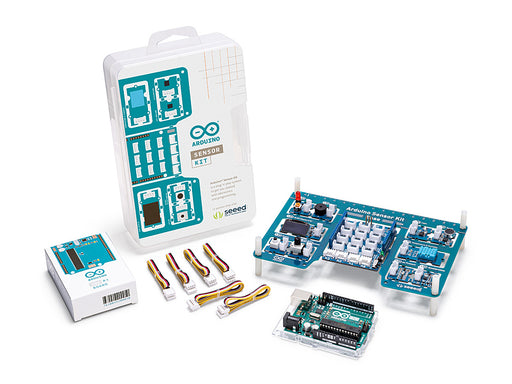
Grove Shield for Arduino Nano
Sold out
Grove Shield for Arduino Nano provides you a simple way to connect with Arduino Nano.
This shield help you get rid of breadboard and jumper wires by pulling out the pins of the motherboard and expands to 8 Grove connectors.
Overview
This shield pulls out the pins of the motherboard and expands to 8 Grove connectors, including 3 Grove digital connectors, 3 Grove analog connectors, 1 Grove I2C connector, and 1 Grove UART connector.
With the help of the Grove system, you can connect hundreds of Grove sensors, Grove actuators and Grove displays to the Arduino Nano with a simple plug.
V1.1 Support List:
- Arduino Nano
- Arduino Nano Every
- Arduino Nano 33 IoT*
- Arduino Nano 33 BLE*
- Arduino Nano 33 BLE Sense*
*Attention:
To work with Arduino 33 serial boards, please switch the VCC power to 3.3V. If the VCC power supply is switched to 5V, the development board may be damaged!







